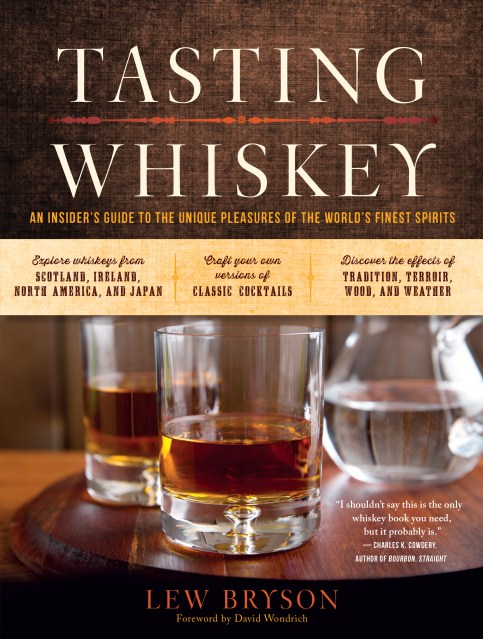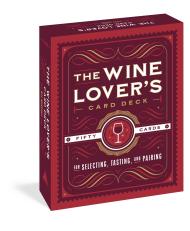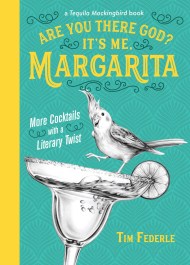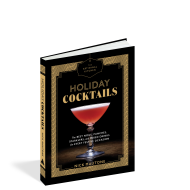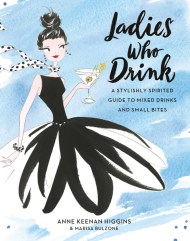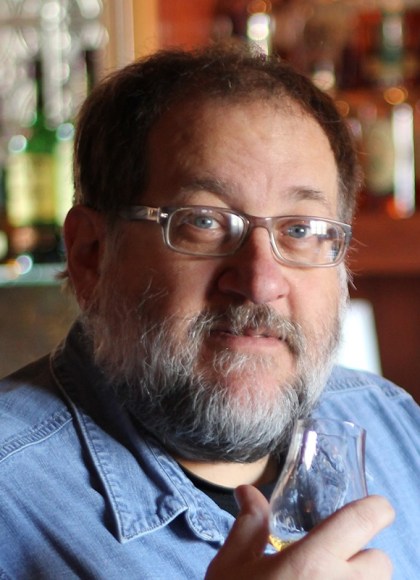Promotion
Use code MOM24 for 20% off site wide + free shipping over $45
Tasting Whiskey
An Insider's Guide to the Unique Pleasures of the World's Finest Spirits
Contributors
By Lew Bryson
Foreword by David Wondrich
Formats and Prices
Price
$11.99Price
$15.99 CADFormat
Format:
- ebook $11.99 $15.99 CAD
- Trade Paperback $19.95 $24.95 CAD
This item is a preorder. Your payment method will be charged immediately, and the product is expected to ship on or around November 1, 2014. This date is subject to change due to shipping delays beyond our control.
Also available from:
Pour a stiff drink and crack open this comprehensive guide to everything there is to know about the world’s greatest whiskeys. Exploring the traditions behind bourbon, Scotch, Irish, and even Japanese whiskey, you’ll discover how unique flavors are created through variations of ingredients and different distilling techniques. With advice on how to collect, age, and serve whiskey, as well as suggestions for proven food pairings, you’ll be inspired to share your knowledge and invite your friends over for a delicious whiskey tasting party.
Genre:
-
2015 IACP Food Writing/Cookbooks award nominee in the Wine, Beer, and Spirits category
"Takes on the whiskey world in down-and-dirty details, from production to tasting. With maps, infographics and flavor profiles for iconic bottlings, alongside Bryson’s smart, straightforward text, Tasting Whiskey is both accessible to novices and compelling for the expert.”
— Wine Spirits
"Whether you're a novice drinker or a malt connoisseur, Bryson has something to teach you — and you'll enjoy every word."
— Clay Risen, author of American Whiskey, Bourbon and Rye
"An instant whiskey classic that will make all whiskey geeks smarter than their friends."
— Fred Minnick, author of Whiskey Women
“I shouldn’t say this is the only whiskey book you need but it probably is.”
— Charles K. Cowdery, author of Bourbon, Straight
- On Sale
- Nov 1, 2014
- Page Count
- 256 pages
- Publisher
- Storey
- ISBN-13
- 9781612123028
Newsletter Signup
By clicking ‘Sign Up,’ I acknowledge that I have read and agree to Hachette Book Group’s Privacy Policy and Terms of Use
